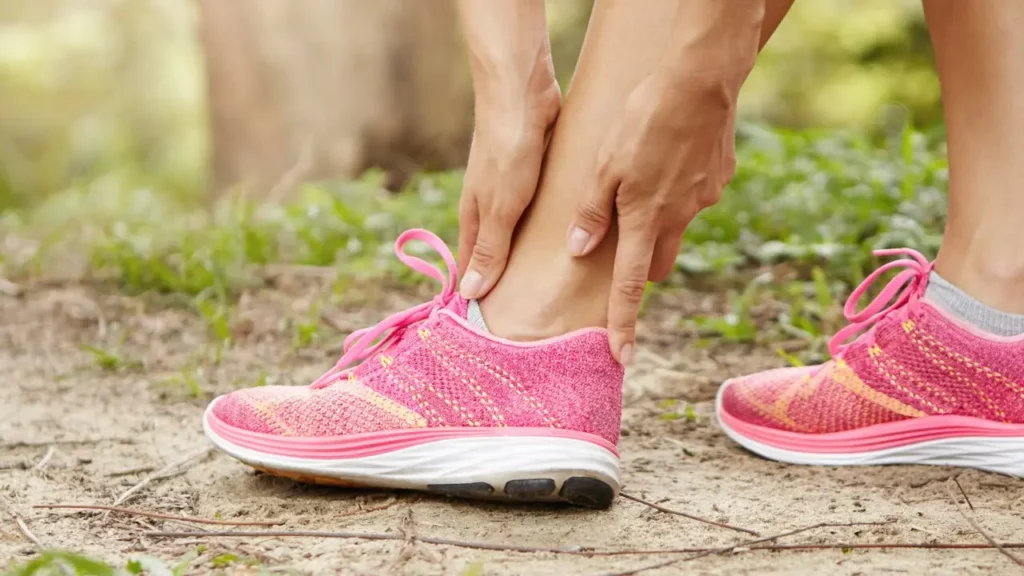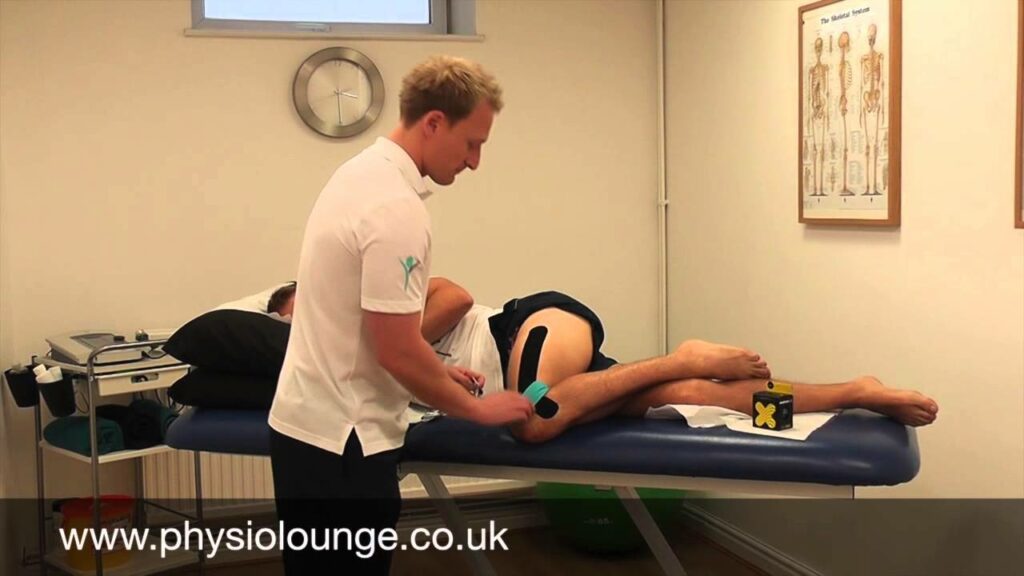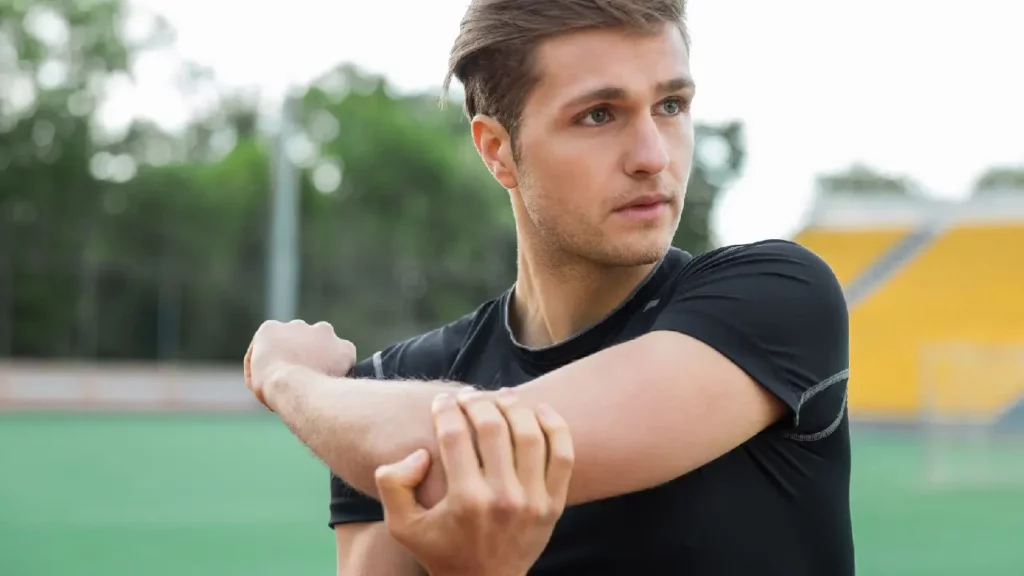Have you ever experienced knee pain and been left scratching your head thinking…
“I haven’t done anything, what the hell has caused this?”
The majority of grumbly knees that walk through our doors are NOT traumatic which leads to the frustration of not being able to pin it down to anything. Well a common cause of pain at the front of your knee in the absence of any trauma is the patellofemoral joint. I know what you’re thinking “the patellofem… what?” Fear not, in this post we’re going to give you a crash course in what this structure is and some ways of telling if it may be your source of symptoms. Ready? Let’s dive in.
What is the patellofemoral joint?
Patella = kneecap
Femoral = femur aka thigh
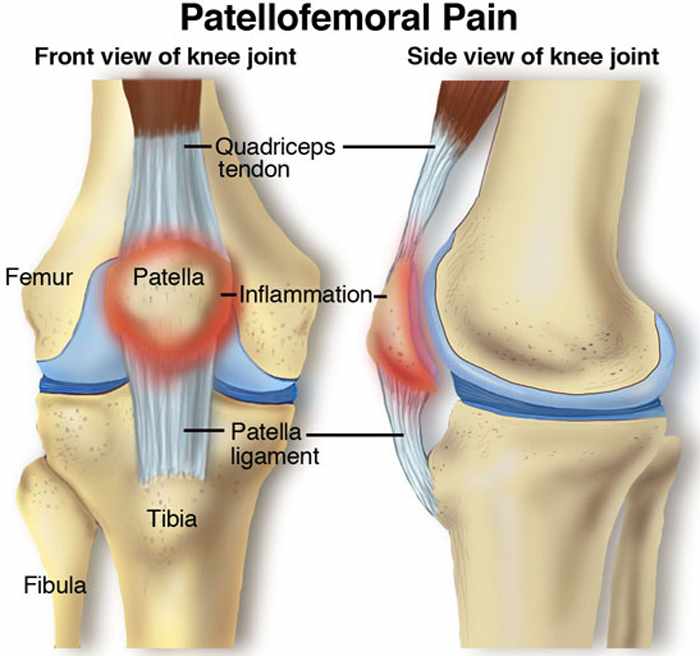
What are the signs and symptoms?
Pain location:
Often feels behind or around the knee cap, generally quite poorly localised and can even refer to the back of the knee. If you have a pin point pain, you probably don’t have this.
Aggravating activities:
Prolonged sitting with knees bent (at the movies, driving, cycling)
This is because when the knee is completely straight the knee cap is sort of “floating” i.e. it’s not in contact with the joint surface below. As soon as you start to bend your knee it comes into contact and when your knee is sustained in a bent position for a long period of time it’s undergoing constant pressure, which normally isn’t a problem, but if it’s already irritated is likely to stir up a fuss.
High kneecap stress activities
As you can see from the table below, the amount of force that goes through the patellofemoral joint during certain activities is considerable. The deep squat is the big daddy, along with jogging and descending stairs. Remember it doesn’t mean these activities are inherently dangerous or that you shouldn’t deep squat for example, it’s just another useful piece of the puzzle to pin down the source of your pain.
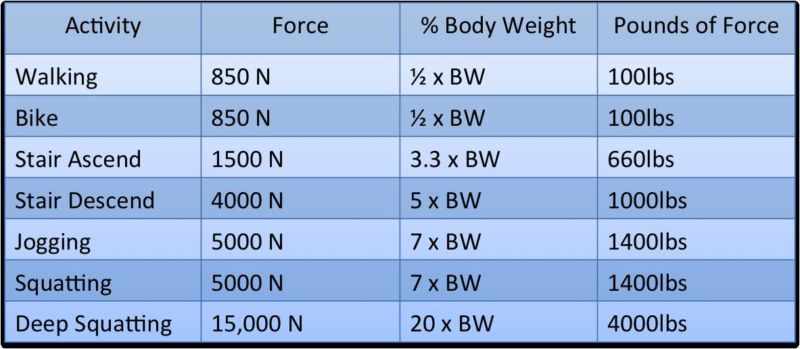
Stairs
We mentioned stairs before, but here’s a cheeky simple little test you can try. See if there’s a difference between taking 1 vs 2-stairs at time. If 2 stairs is significantly more painful that’s another clue that your pain may be stemming from the knee cap. This is due to the increased degree of knee bend when patellofemoral stress is higher.
What causes it?
This is debatably the most important question because while two people might both have knee cap pain, one person’s cause could be totally different to the other’s meaning treatment will need to be different vs a one-size fits all approach.
Lazy Glutes
It’s a ridiculously common finding that people’s glutes are either weak/wasted aka “the pancake butt” or just inhibited and not firing (possibly due to over activity of opposing muscles such as the hip flexors) or altered pelvic alignment. Anyways point is that the glutes play a big role in maintaining ideal alignment/posture of your lower limb and controlling the motions of your knee. We said before that the patellofemoral joint is made up of the kneecap and the thigh. Think of the kneecap as a train and the thigh as the tracks. In an ideal world the knee cap as it moves should slide nice and evenly up and down those tracks, no one part of it gets overly stressed. But imagine if when you’re running or squatting your “tracks” just slide out from underneath the train as your knees duck in. The kneecap gets “derailed” and suddenly only a certain portion of it just exposed to stress. If the tracking on your car has been off you find on the MOT that one tyre is more worn. Guess what, it’s the same with your knee cap.
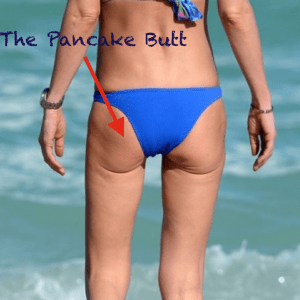
Quad Imbalance
The patella is a sesamoid bone which is just a fancy way of saying that it’s a bone which sits within a tendon, your quadriceps (front of thigh muscles) tendon to be precise. You have four of these thigh muscles (hence the name “quads”) and in general for now lets say you’ve got the ones on the outside of your thigh vs ones on the inside on your thigh. They’re both begging for your kneecap’s attention and end up playing a “tug-of-war.” The outcome of this war is usually that the outer quad dominates and drags the kneecap towards out of its nice snug position in the joint groove. The “train gets pulled off the tracks” vs the above example where the tracks were moving from underneath the train.
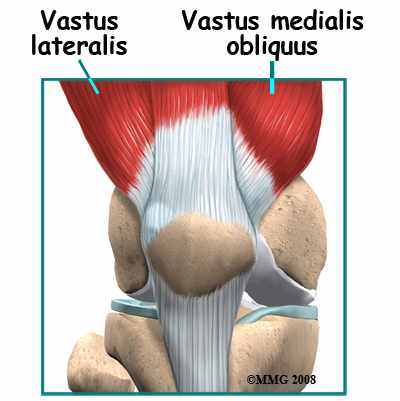
Floppy Feet
Your feet are amazing structures and should be able to both shock absorb by unlocking and then turn into a rigid lever for propulsion. Some people’s feet are stuck in “floppy mode” and it leads to the knee getting constantly dragged inward. The end result is the same as the above if you cast your mind back the “train and tracks.” Other reasons that lead the foot to roll in excessively are restricted ankle mobility. You need a certain degree of ankle range for walking, more for running and more for a deep squat. If you don’t have sufficient range, your body finds a way round it by collapsing your arch downwards. You achieve the task but it comes at the cost of sacrificing ideal position and stressing your patellofemoral joint (along with other structures).
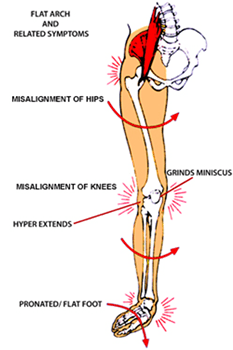
How can Physiotherapy help?
Great question, I’m so glad you asked! The good news is that there’s a bunch Physio can do to help you with this including…
- Comprehensive evaluation to confirm diagnosis and cause(s) of symptoms
- Tailored rehab program to address YOUR specific causes vs generic YouTube vid exercises
- Gait analysis and retraining (if you’re a runner with this condition, can be very useful)
- Soft tissue work / manual therapy to treat imbalances e.g. tight outer quads aka IT band
- Gym program modifications (allow you to keep training throughout the rehab process through provision of suitable movement substitutes or technique changes to offload the patellofemoral joint)
- Taping (to help relieve pain)
Wrap Up
Patellofemoral pain syndrome is a general umbrella term for pain that is stemming from the kneecap joint, but as you now know there are multiple causes of it. The info provided here is to assist your understanding and allow you to recognise if this structure may be your source of symptoms. However, it must be said that this is more a diagnosis of exclusion i.e. it’s important to rule out other potential injuries first before we jump on board the patellofemoral train. So why not give us a shout to find out how we can help you with your knee dramas and get your “train back on the tracks!”

